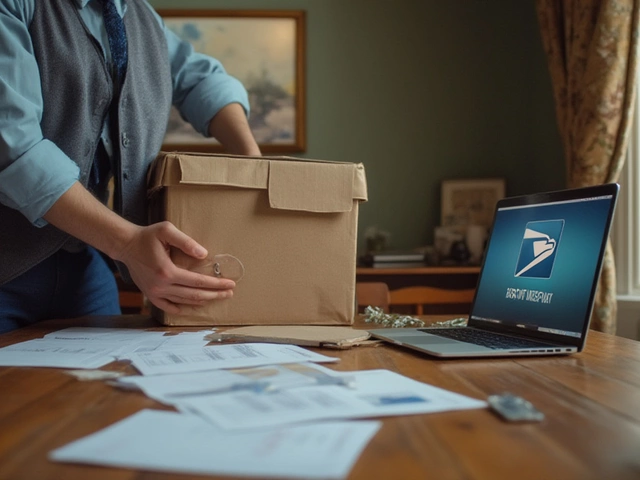Online Selling Made Simple: What You Need to Know in 2025
Thinking about starting an online store or boosting the one you already have? You don’t need a degree in logistics to get it right. The biggest mistake most new sellers make is ignoring the delivery side until it’s too late. Let’s fix that with a handful of quick, useful steps.
Pick the Right Platform and Set Up for Shipping
First, choose a platform that talks to the carriers you plan to use. Shopify, WooCommerce and BigCommerce all have built‑in integrations for UPS, FedEx and DHL. When you connect a carrier, the checkout can automatically calculate real‑time rates, so buyers see the exact cost before they pay.
Once the integration is live, add your product dimensions and weight. Even a small error here can inflate shipping costs or cause a package to be rejected. A good rule of thumb: measure your items after packaging, not just the product itself.
Master the Last‑Mile: Shipping Hacks That Save Money
Shipping is where most sellers lose profit. Here are three cheap tricks that actually work:
- Use flat‑rate boxes. UPS and USPS offer flat‑rate options that ignore weight (up to a limit). If your items are small but heavy, this can cut costs dramatically.
- Batch your orders. Instead of sending each order the moment it lands, group shipments by destination once a day. You’ll get better rates and fewer trips to the post office.
- Leverage regional carriers. For UK customers, companies like DPD or Evri often beat the big names on price and speed for parcels under 5 kg.
Don’t forget to add tracking. Buyers love to see where their package is, and it reduces “where is my order?” emails.
Another tip: offer a free‑shipping threshold. Set the cart minimum just above your average order value. Customers will add that extra item to qualify, and you’ll increase the average sale while still covering shipping costs.
Finally, think about returns. A clear, simple returns policy builds trust and can turn a hesitant shopper into a repeat buyer. Use the same carrier for returns whenever possible; many services give you a discounted return label when you buy a bulk shipping contract.
By handling the logistics side early, you free up more time to focus on product quality, marketing, and customer service – the real drivers of growth.
Ready to start? Choose a platform, hook up a carrier, and test a few shipments yourself. You’ll spot any hiccups before customers do, and you’ll have a solid foundation for scaling your online selling business in 2025.
May 5, 2025
Evelyn Wescott
0 Comments
Are e-commerce and online selling just two phrases for the same thing, or is there a real difference? This article breaks down what each term really means, how logistics fit in, and what it means for anyone selling online. Get clear explanations, real-life examples, and straightforward tips that demystify the world of online businesses. Understand how your choices affect shipping, order management, and customer experience. Whether you’re a newcomer or looking to up your logistics game, this guide has useful takeaways for everyone.




